Depth studies are quite complex and many of you will have limited examples or assistance from your teachers in writing these. A particularly confusing element is the abstract. IMPORTANTLY – not all depth studies require students to have an abstract so don’t freak out if you have already completed a task without an abstract; make sure to ask teachers if these are necessary as they vary depending on the school.
Abstracts are essentially summarised forms of an entire scientific report, condensing your purpose, method, results, discussion and conclusion into 200 words or less. Crucially, it is not colloquial, it does not have specific measurements nor equipment in the method, it does not contain graphs or tables, it does not contain references and it is concise.
Background: This should be 2-3 sentences summarising what is already known, what is not known, what the study intends to examine as well as any hypothesised or theoretical values. The very first sentence should also explain why the study is relevant or important – essentially you are trying to engage the reader enough to want to read the rest of your report.
Method: Should be a brief sentence outlining roughly how you completed your experiment, without going into any detail about your equipment nor quantities of any reagents. It should list out the dependent and independent variables and how they were respectively measured.
Results: This is generally the longest section, however you can combine this with the method, for example; ‘We measured X using “specific method” and found out “specific results” ’. Give precise quantitative results of the outcome of your method, and outline if these results coincided with your hypothesised/theoretical values. If not, that’s fine! Sometimes the best scientific discoveries are unexpected or coincidental. Don’t give further scientific discussion on the nature of why these results may have deviated from expected values, this can be found in the rest of your scientific report. If your results did deviate from expected results it may be worth it to allude to other investigations which may be necessary.
Conclusion: Give a brief statement (1-2 sentences) that state the primary outcome which was measured as well as any other important or unexpected findings. You should also outline the significance (or insignificance!) of your findings, and any relevance for the general scientific field you were looking at.
For example, let us consider an investigation into the effectiveness of antibacterial sanitiser at preventing the growth of bacteria. An effective abstract could be as follows:
“There are a variety of different cleaning agents available commercially, with huge amounts of advertising often confusing individuals as to the relative effectiveness of different reagents. As such, this experiment is looking into how different agents compared against one another in preventing and neutralising growth. Samples of the same bacteria were exposed to different cleaning agents to compare the relative effectiveness of 4 different antibacterial sanitiser at preventing the growth of E. coli bacteria. It was expected that the bacteriostatic properties of the sanitiser would not eliminate the bacteria entirely but prevent its growth completely. Using the same base source of E.coli bacteria, the amount of growth of microbes over a period of time was qualitatively analysed by counting colonies, in the presence of different cleaning agents. All antibacterial sanitisers had approximately 45% less growth than the next best non-antibacterial cleaning agent and 300% less growth than a control sample, after a week. Whilst the sanitisers were effective at reducing growth, it was not a completely effective bacteriostatic agent, and hence in certain situations, such products, will not be sufficient to kill nor prevent the spread of all microbes. The implications of these findings are that all antibacterial products are essentially homogenous products – irrespective of the price range or advertising campaign – but also that they do not limit all growth. Thus, surfaces may not be as clean or bacteria-free at home as families may expect.”


